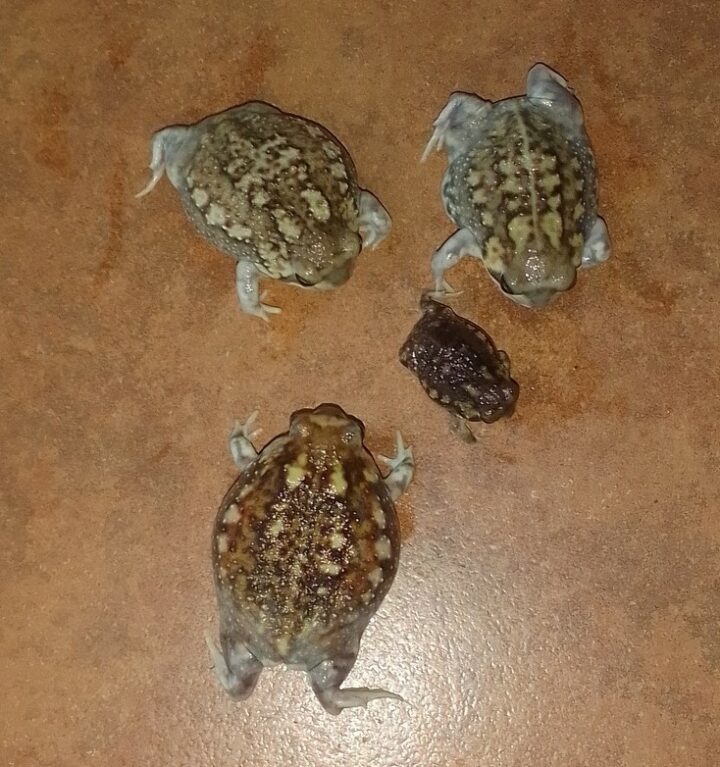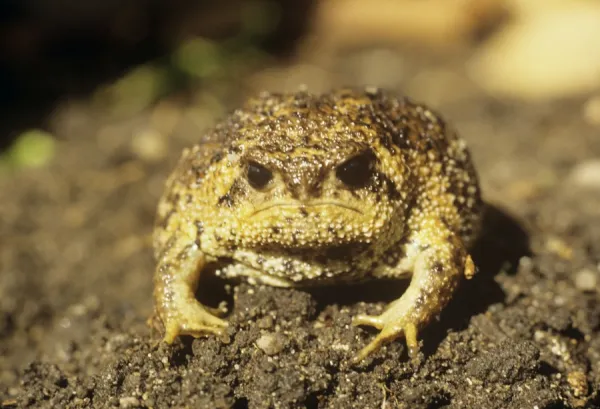Rain Frog for Sale: Elevate Your Collection with Rare and Exotic Amphibians!
Rain Frog for Sale: Elevate Your Collection with Rare and Exotic Amphibians!
Blog Article
The Most Effective Reptile Enclosures: Exactly How to Produce the Ideal Habitat
Developing the excellent habitat for reptiles is not just regarding positioning them in a storage tank or unit; it includes a thoughtful consideration of various elements that add to their total well-being. From the size of the unit to the type of substratum utilized, every aspect plays a critical function in giving a setting where your reptile can thrive. By comprehending the certain requirements of your reptile varieties and carrying out the appropriate environment setup, you can ensure their wellness and joy in bondage.
Selecting the Right Unit Dimension
When picking an unit dimension for reptiles, it is essential to consider their natural behaviors and room demands to ensure their well-being and health and wellness. When it comes to habitat room, various reptile species have differing needs. Arboreal species like chameleons or tree snakes require upright room for perching and climbing, while earthbound types such as bearded dragons or leopard geckos need more floor area for exploring and thermoregulation. Marine turtles like red-eared sliders necessitate enclosures with both water and acreage for swimming and basking.
A basic rule of thumb is to supply enough space for the reptile to show all-natural habits, such as basking, hiding, climbing, and foraging. By meticulously taking into consideration the details needs of the reptile varieties in inquiry, owners can create a suitable and enhancing environment that advertises overall well-being and urges all-natural behaviors.
Setting Up Appropriate Home Heating Components
To make sure the wellness and health and wellness of reptiles in their enclosures, it is necessary to thoroughly establish correct heating elements. Reptiles are ectothermic animals, implying they rely on outside warmth sources to regulate their body temperature. When establishing heating components in a reptile unit, it is crucial to consider the details temperature demands of the types you are caring for. Different reptiles have differing temperature level requires based upon their natural habitat, so it is essential to research study and comprehend these demands.
One typical and efficient heating element for reptile enclosures is a warmth light or ceramic warm emitter. These warmth sources can be used to create a temperature level slope within the room, allowing reptiles to move between warmer and cooler areas as required. In addition, under-tank hot pad or warmth mats can be used to give stubborn belly heat, which is particularly useful for reptiles that require extra warmth to help in digestion.
Checking the temperature level within the enclosure using a thermostat is necessary to make sure that the burner are keeping the appropriate temperature array for your reptile. Consistently inspect and change the burner as required to create a comfy and healthy and balanced atmosphere for your scaly buddy.
Picking Appropriate Lights Components

Providing the Suitable Substrate
Selecting the proper substratum is essential for creating a comfortable and ideal setting for reptiles in their enclosures. Some reptiles, such as desert-dwelling species like bearded dragons, grow on substratums like calcium sand or reptile carpeting, while others, like round pythons, prefer coconut husk or aspen bedding to preserve moisture degrees.
Additionally, the dimension of the reptile must likewise affect your option of substratum, as hatchlings might call for a finer material to avoid ingestion. Prevent substrates that can create impaction, such as loose substratums like sand or gravel, particularly for reptiles known to ingest their bed linens. Consistently cleansing and changing the substratum is vital to ensure a tidy and hygienic atmosphere for your reptile. By choosing the optimal substratum, you can contribute to the total health and wellness of your scaly friend.
Decorating for Enrichment and Convenience
Thinking about the substrate's function in supplying a foundation for all-natural habits and maintaining a suitable setting, improving the reptile enclosure with correct designs is essential for both enrichment and convenience. Decors such as branches, rocks, hideouts, and fabricated plants not just produce a much more aesthetically appealing environment yet likewise serve practical purposes. Branches offer climbing up possibilities for arboreal types, while pop over to these guys rocks can serve as basking a knockout post spots for heat. Hideouts provide sanctuary and safety and security, reducing stress and anxiety levels for the reptile. Artificial plants not just improve the aesthetics yet also give hiding areas and enrichment by permitting the reptile to discover and communicate with its setting. When embellishing the room, it is vital to consider the reptile's species-specific requirements and behaviors to create an area that promotes physical and psychological well-being. By incorporating a variety of decorations that resemble the reptile's natural environment, proprietors can ensure their family pet's comfort and promote their all-natural instincts, inevitably leading to a happier and much healthier reptile.
Verdict

Developing the best environment for reptiles is not simply about placing them in a storage tank or room; it involves a thoughtful consideration of various aspects that add to their total wellness.Selecting the suitable substrate is essential for creating a comfy and ideal environment for reptiles in their rooms. Some reptiles, such as desert-dwelling species like bearded dragons, flourish on substratums like calcium sand or reptile carpeting, while others, like ball pythons, favor coconut husk or aspen bed linens to maintain moisture levels.
By including a range of decors that simulate the reptile's natural habitat, owners can ensure their family pet's convenience site here and promote their all-natural instincts, inevitably leading to a better and much healthier reptile.
In verdict, creating the excellent habitat for reptiles entails picking the proper room dimension, heating components, lighting fixtures, substrate, and decorations.
Report this page